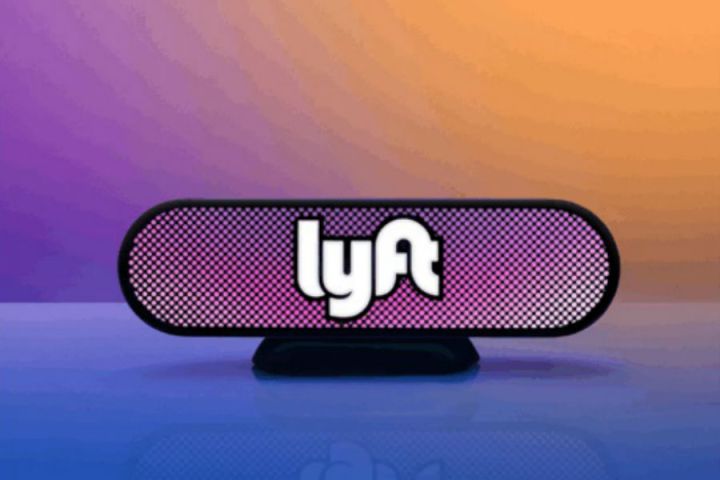
The company has not confirmed global expansion plans, but a spokesperson did tell CNBC, “Along with our international partners, we are updating how we serve our users traveling abroad. We will now direct them to download the partner’s app in the country they are visiting.”
That is a change. Formerly Lyft customers traveling in southeast Asia, India, and China could hail rides with the Grab, Ola, or Didi ridesharing services, respectively, via the Lyft app. Grab, Ola, or Didi customers could use their accustomed apps in the U.S. and a Lyft driver would show up. Lyft formed the reciprocal agreements with the international companies in 2015. Now in each case customers will need to access the app for the service that will be providing the ride.
According to Lyft, the reciprocal app-sharing change “will provide travelers with improved functionality and service in local markets.”
The San Jose Mercury News reported that in 2016 the ridesharing company had $700 million in revenue and losses of $600 million, citing an unnamed source with knowledge of Lyft’s finance. The latter number is half the company’s 2015 loss. The same source told the Mercury News that the company is on course to profitability by 2018. On the company blog, Lyft announced its drivers completed 160 million rides in 2016, three times the number in 2015.
Spokesperson Adrian Durbin emailed a response to the Mercury News’ query about the CNBC statement on the company’s intent to go global. While he didn’t directly address the question, Durbin wrote, “We continue to have strong relationships with our international partners and will explore additional ways of working together.”



